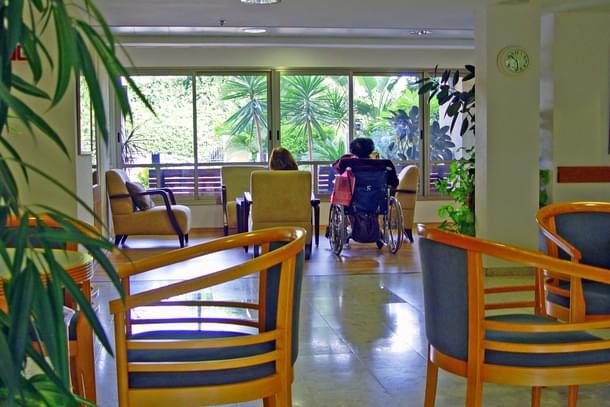Commentary
Beyond SIPs, Real Estate, And Gold, Should Young India Also Invest In Retirement Homes
Tushar Gupta
Mar 05, 2023, 01:17 PM | Updated 01:17 PM IST
Save & read from anywhere!
Bookmark stories for easy access on any device or the Swarajya app.


A few facts to get started with.
One, India’s population growth rate is on a steady decline. However, nothing alarming about it, as is the case in Japan and China today.
Two, the total fertility rate (TFR) has gone from a little above 5 in 1971 to 3-odd in 2001 and hovers around 2.5 today. However, the TFR varies from rural to urban areas, and even state to state.
Three, at some point in the 2050s, the population above the age of 60 will be around 20 per cent, or close to 320 million people. An inevitability in the making.
Young India, aged below 40, loves investing.
On Twitter these days, the heated debate is between the idea of renting and buying an apartment. Financial influencers on Instagram are advocating for SIPs even before one buys their first iPhone.
For the more conventional ones, gold coins and biscuits continue to be an attractive proposition, and if everything else fails, there is always the good old Life Insurance Corporation (LIC) plan that doubles up as a tax benefit too.
Put simply, young working professionals are paranoid about their financial future.
Given how the idea of a retirement home is stigmatised in the Indian context, mainstream conversation around the subject is largely missing even though its quite normal in the West.
For most, ownership of a house is an insurance against the potential perils of old age.
However, given the diluting family structures, issues pertaining to depression and other non-communicable diseases, and most importantly, the lack of social connect does raise an important question; can home ownership alone be enough for people post-retirement?
Perhaps, the richness of the values system passed down from generations to generations may render the retirement homes futile in the long run, but for many, this could be their final stop, especially the ones who are willingly not having children or who may not want to move in with their children in different cities or countries for whatever reasons.
Bottomline is that, we need to reimagine the idea of a retirement home and not confuse it with an orphanage for elderlies where they are forced to undertake labourious tasks, as the movies have shown us always.
This is where the private sector is already sensing an opportunity.
The government of the day has plenty of insurance and pension schemes in place, but several private groups are already filling the demand vacuum.
The monetary part can work in two ways. One, a monthly payment or two, an investment made pre-retirement for a certain period that ensures enough sum for at least a decade in these retirement homes.
Again, many may discard the idea as outrageous, but given the unpredictability of the future, no harm exercising a bit of precaution.
Retirement homes offer an array of services, starting with medicare day and night, emergency medical support and hospital transfer, several inhouse services like physiotherapy, diagnostic support, nurses, and so forth.
However, in the future, the services (normal and luxury) can be extended to include entertainment, leisure, sports, customised meals, and even distance and online learning, if someone wishes to pursue.
When it comes to services in such places, sky is the limit. As long as it is comfortable, safe, and with adequate resources.
In September 2022, 15 per cent of Japan’s population was above the age of 75, posing difficult challenges. Close to one-third of the population was above the age of 65. This comes with its set of economic and social challenges.
China, alarmed by the declining TFR, is already incentivising more births amongst young couples, going as far as regulating home prices and education fee.
While in India, boosting birth rates is no challenge, nor is the economic situation threatened by the ageing demand, it would be in the best socio-economic interests to prepare.
A taboo, yes, but not entirely an unacceptable idea.
Tushar is a senior-sub-editor at Swarajya. He tweets at @Tushar15_





